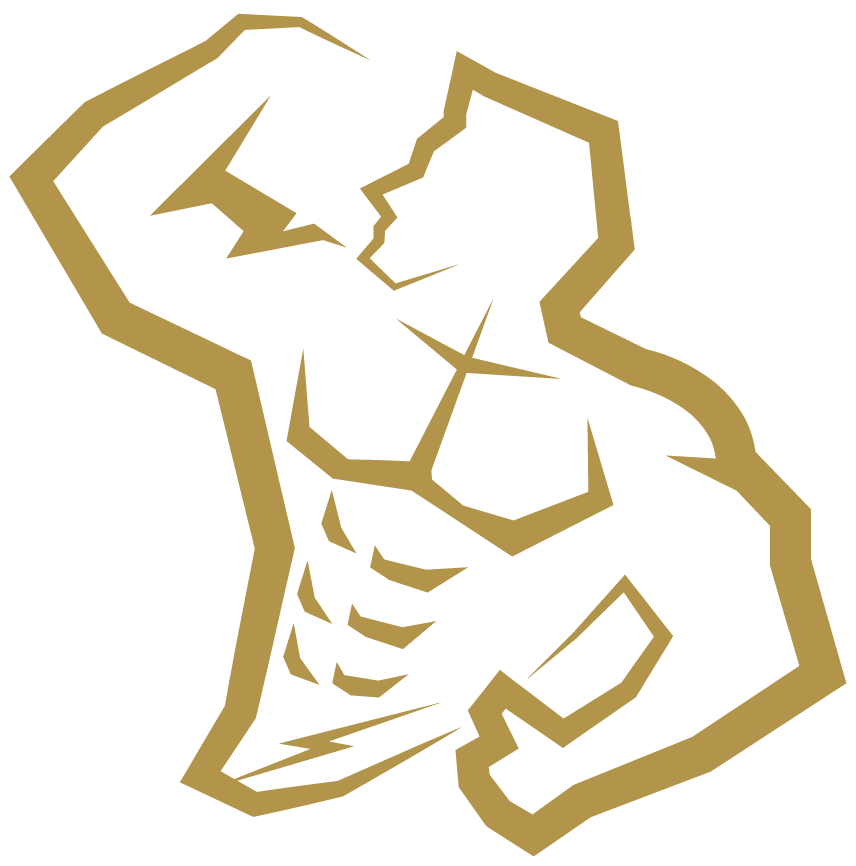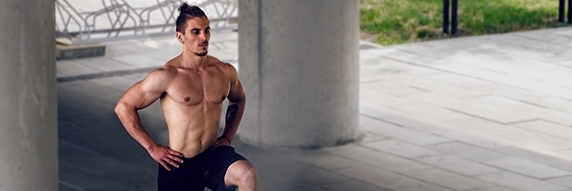In this post, we will be covering: What are calisthenics aesthetics? And how you can effectively train to maximize your results.
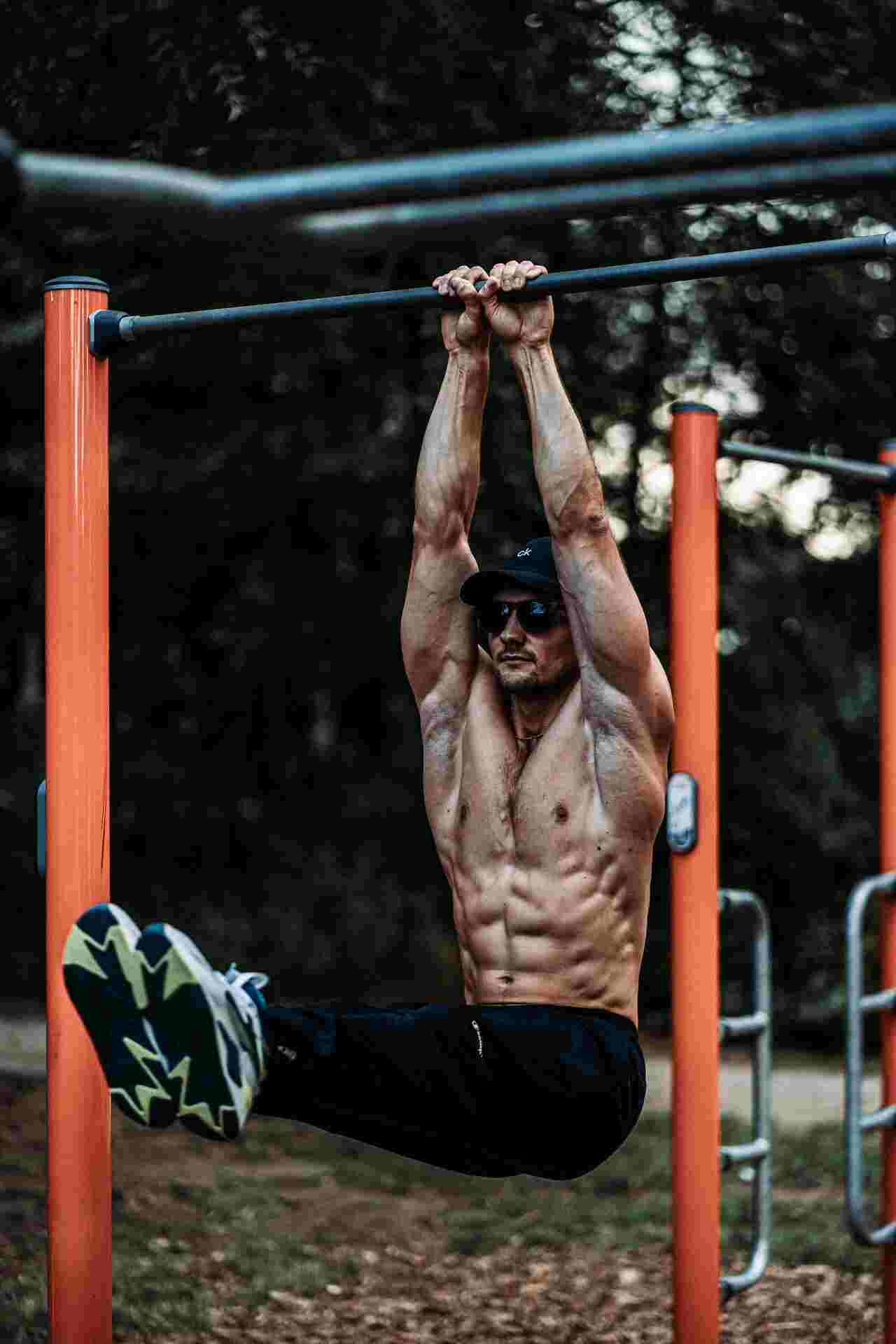
Calisthenics is a type of exercise that uses your own body weight as resistance, rather than machines or free weights. It can be a great way to build strength, improve your mobility, and get in shape, but it can also be used to achieve a specific aesthetic look.
In this article, we will explore what calisthenics aesthetics are, how to train for them, and exercises you can use to target key muscle groups.
Table of Contents
What are Calisthenics Aesthetics?
Calisthenics aesthetics is what we call the look of someone with a physique that has been built through calisthenics, aka bodyweight training. Typically, this look is a lean, muscular, and athletic build, with a low body fat and defined muscles. It is often associated with the “Greek god” or “Roman warrior” physique, which is strong and powerful, yet also agile.
Many even refer to it as a “long lost art of training.”
The calisthenics word itself comes from the greek words “kilos sthenos,” meaning “beautiful strength,” which was a key part of training of ancient Greek Spartans in 480BC.
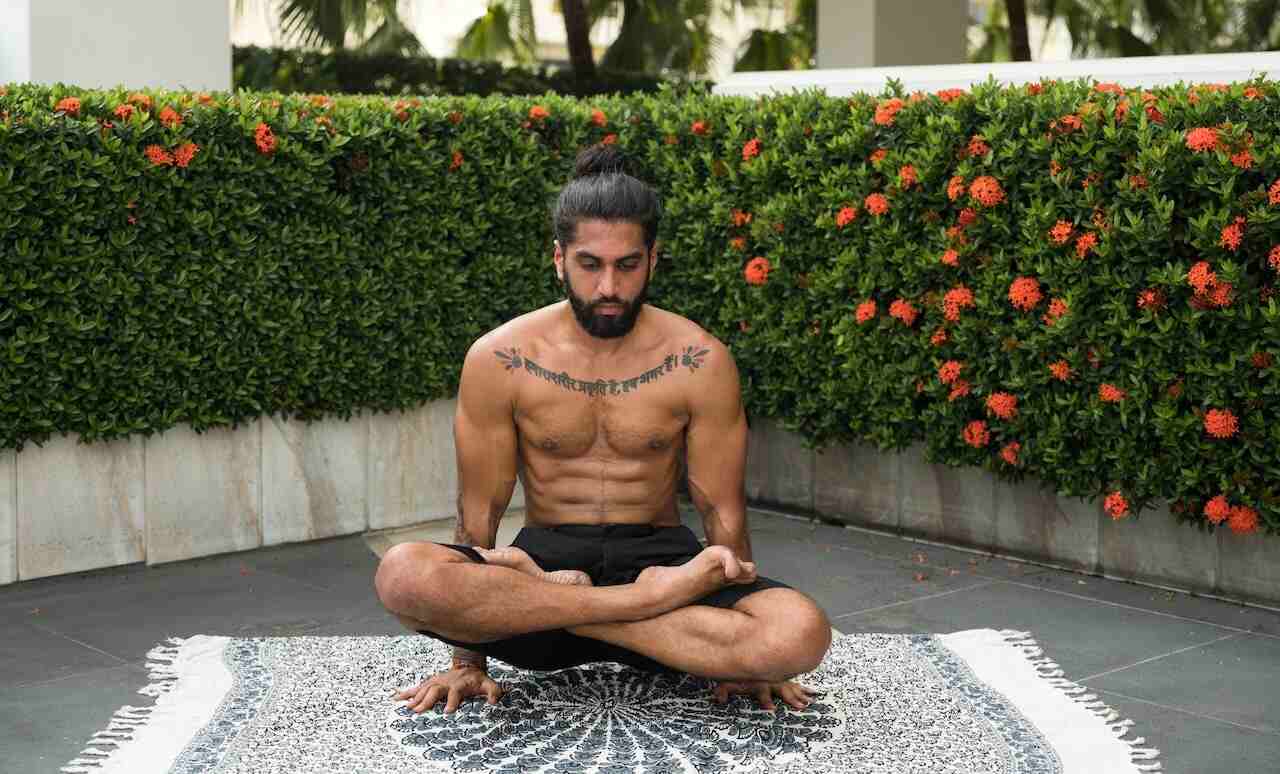
How to Train for Calisthenics Aesthetics
Contrary to popular belief, training for calisthenics aesthetics does not necessarily mean that you have to train differently than bodybuilders. While calisthenics athletes may use different exercises and training techniques than weight training bodybuilders, the fundamental principles of training for aesthetics are the same.
The issue with many calisthenics athletes is that they think that they should be doing circuits or very high-rep workouts just because they are doing bodyweight exercises. However, this is NOT optimal for building muscle or achieving a specific aesthetic look. In fact, many bodybuilders and strength athletes also use a higher intensity training method and the principles that you will learn below.
So, to achieve the best aesthetics with calisthenics, you will need to follow these basic but important bodybuilding principles:
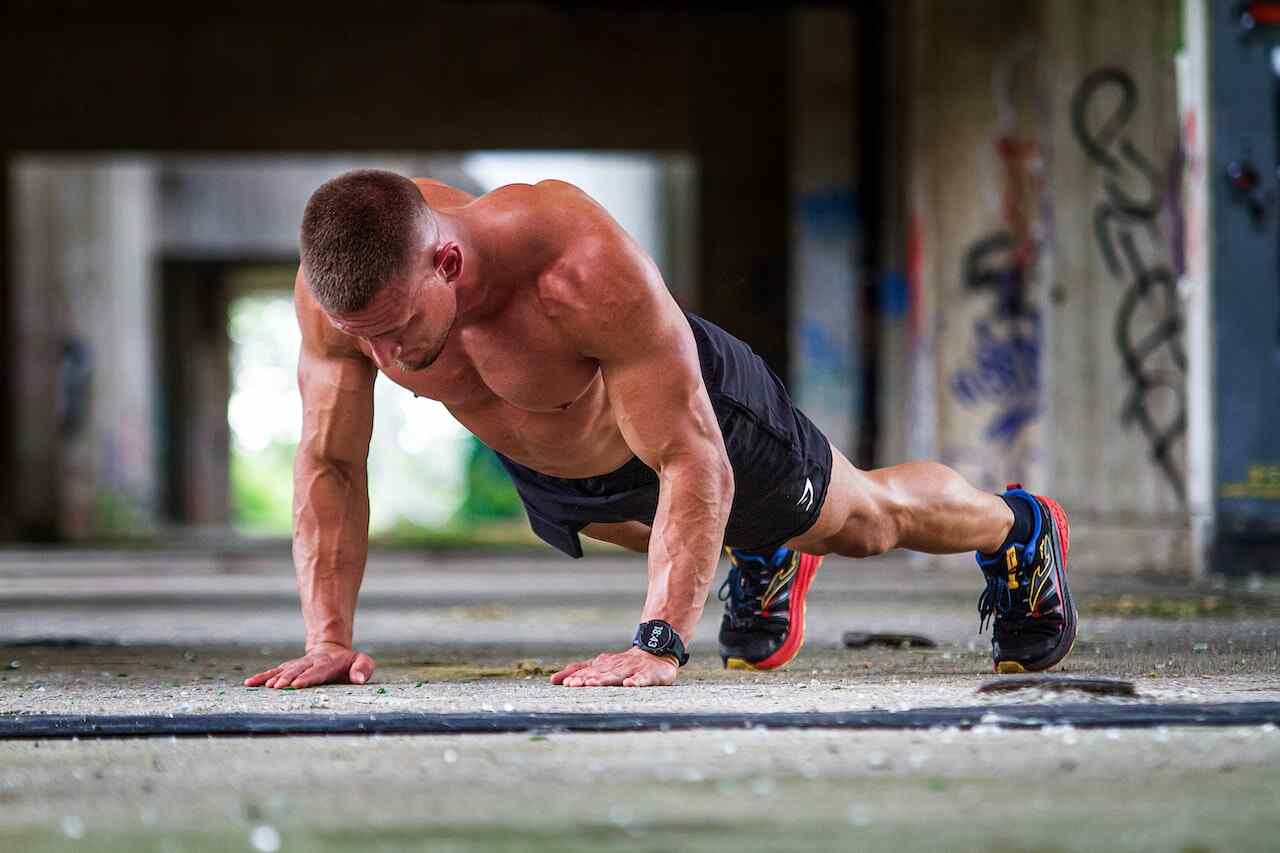
1. Progressive Overload
Progressive overload is a fundamental principle of exercise that involves gradually increasing the demands on your muscles in order to continue making progress. This can be done by doing more challenging exercises, adding more sets or reps, or increasing the resistance. In calisthenics, this will typically be done by moving through progressions.
For examples, you can start by doing push ups on your knees, but as you get stronger, you will move into standard push ups, deep push ups, side to side push ups, etc.. You can also simply add weight to your own bodyweight by using calisthenics equipment like a weighted vest or resistance bands.
The goal of progressive overload is to stimulate the muscle tissue to adapt and grow stronger, so that it can better handle the increased demands placed on it. Without progressive overload, your muscles will quickly adapt to the same stimulus and your progress will plateau. So in oder to continue making progress, it is important to consistently challenge your muscles in new and increasingly difficult ways.
2. Proper Nutrition
Proper nutrition is an essential principle of training for calisthenics aesthetics, as it plays a key role in muscle growth and fat loss. In order to build muscle, you will need to consume enough protein and other macronutrients to support your training.
It is also important to pay attention to your overall calorie intake, as eating too much or too little can affect your progress. If you’re looking to gain muscle as fast as possible with minimal fat gains, we recommend doing a lean bulk. If you’re looking to lose body fat, we recommend cutting about 500 calories (in general) to your maintenance calories.
You can include lean proteins, grains, fruits, vegetables, and healthy fats. And no, you don’t always have to eat “super healthy” foods.
3. Adequate Recovery
An adequate amount of recovery time will allow your muscles to repair and grow stronger after a workout. Without sufficient recovery, your muscles will not have the opportunity to adapt and grow, and you may risk overtraining or injury.
To ensure adequate recovery, it is important to get enough sleep (about 7-9 hours), as this is when the body naturally repairs and recovers. And it’s important to have 24-72 hours of rest (depending on your workout split and volume) to allow them to fully recover and adapt before training that muscle group again.
Additionally, incorporating active recovery techniques, such as foam rolling, light exercise or light stretching, can help to improve circulation and reduce muscle tension and soreness. By ensuring that you get enough sleep and allow your muscles time to rest and recover, you can support your progress and avoid setbacks.
4. Targeted Training For Aesthetics (through Calisthenics)
Targeted training is a principle of exercise that involves focusing on specific muscle groups to build strength and improve the appearance of those muscles in comparison to other groups. For example, to create the appearance of a small waist, you can target the shoulder and the back to have a wider looking back, while still maintaining the same width in your waist.
In the context of calisthenics aesthetics, targeted training can be used to build specific muscles or muscle groups (through bodyweight exercise variations), such as the biceps, triceps, chest, or abs. And if it wasn’t obvious, to target a specific muscle group, you will need to include exercises that specifically work that muscle group. For example, to build bigger biceps, you might include chin-ups and dips in your routine, as these exercises specifically target the biceps.
By focusing on targeted training, you can ensure that you are specifically targeting the muscles you want to build and improve, rather than relying on more general exercises randomly, that may not be as effective.
Top Exercises for Calisthenics Aesthetics
Here are a few examples of exercises you can use to target key muscle groups for calisthenics aesthetics:
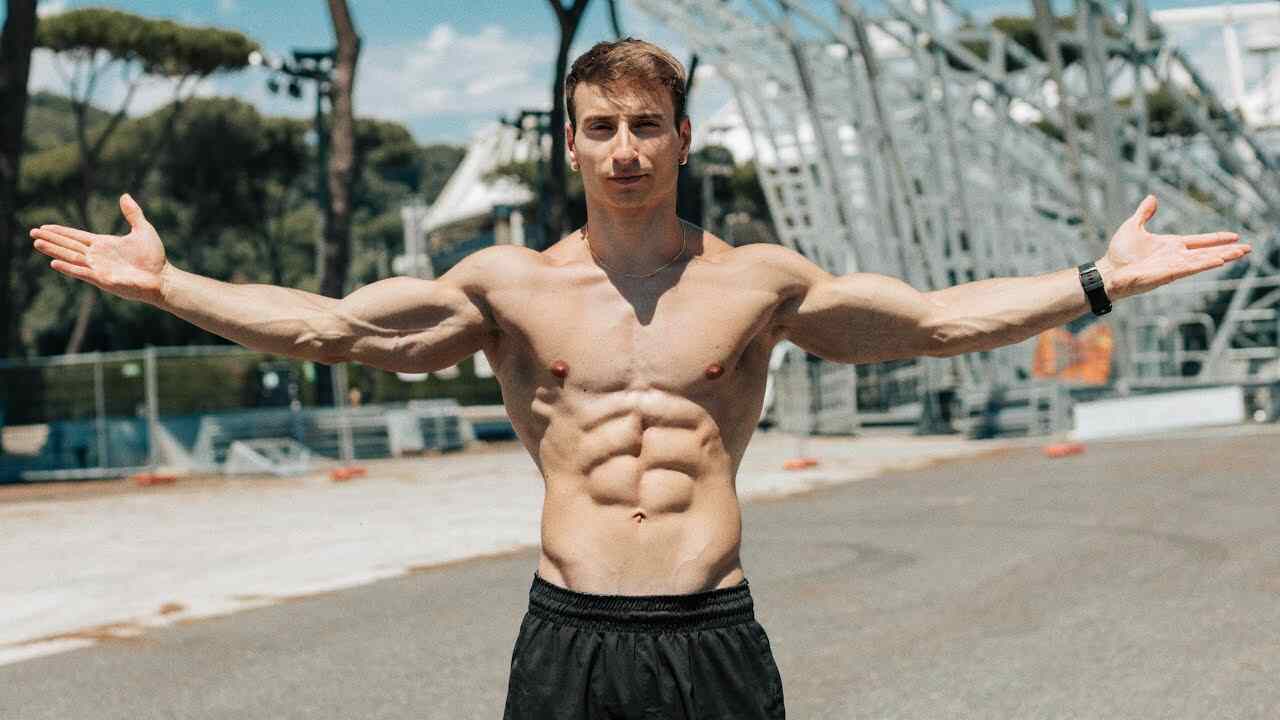
*Note: You can use different variations of these exercises to make them harder or easier and help you use the adequate amount of load needed.
1. Chest
- Push Ups (Flat & Decline Variations)
- Chest Dips
- Ring Push Ups
- Ring Flyes
These are great exercises for: building a strong and muscular chest. Having a bigger chest can instantly make you look more aesthetic when shirtless so make sure to include these exercises.
2. Back
- Pull Ups
- Inverted Rows
- Wide Grip Pull Ups
- Neutral Grip Pull Ups
These are great exercises for: building a wide and thick back. You can find effective back exercise variations in our free ‘Wider & Thicker Back’ guide. Building your back muscles will really help you develop that “V-taper” look that many guys look for and definitely boost your calisthenics aesthetics.
3. Shoulders
- Pike Push Ups
- Dynamic Planche Leans
- Reverse Ring Flyes
- Wide Grip Rows
These are great exercises for: building the front, side, and rear shoulders (aka deltoids/delts). The more you develop these muscles, specially the side delts, the more they will compliment your back in having that wider look.
4. Arms
- Narrow Push Ups Variations (eg. close grip push ups or diamond push ups)
- Chin Ups
- Sphinx Push Ups
- Ring Curls
These are great exercises for: building bigger biceps and triceps. Your arms are what most people look at when they realize you workout.
5. Legs
- Split Squats
- Pistol Squats
- Sissy Squat (not recommended if you have knee pain)
- Nordic Hamstring Curl
These are great exercises for: building bigger and stronger quads and hamstrings. I would also recommend using a backpack, or weight vest to add weight if you want to hit a certain rep range. This is because most people master the bodyweight leg exercise progressions much faster than upper body exercises when it comes to just purely using your own body weight.
6. Abs & Obliques
- Crunches
- Reverse Crunches
- Dragon Flag
- Hanging "Twisting" Knee Raises
These are great exercises for: developing and strengthening your abs and obliques to help your them pop out a lot more. Keep in mind that, yes, your abs are muscle and if you train them properly, you will develop them stronger and help them show more. But, you need to have a low enough body fat percentage in order to actually make them visible.
On average, people usually need to have a body fat percentage under 15% to have visible abs.
Your Action Plan
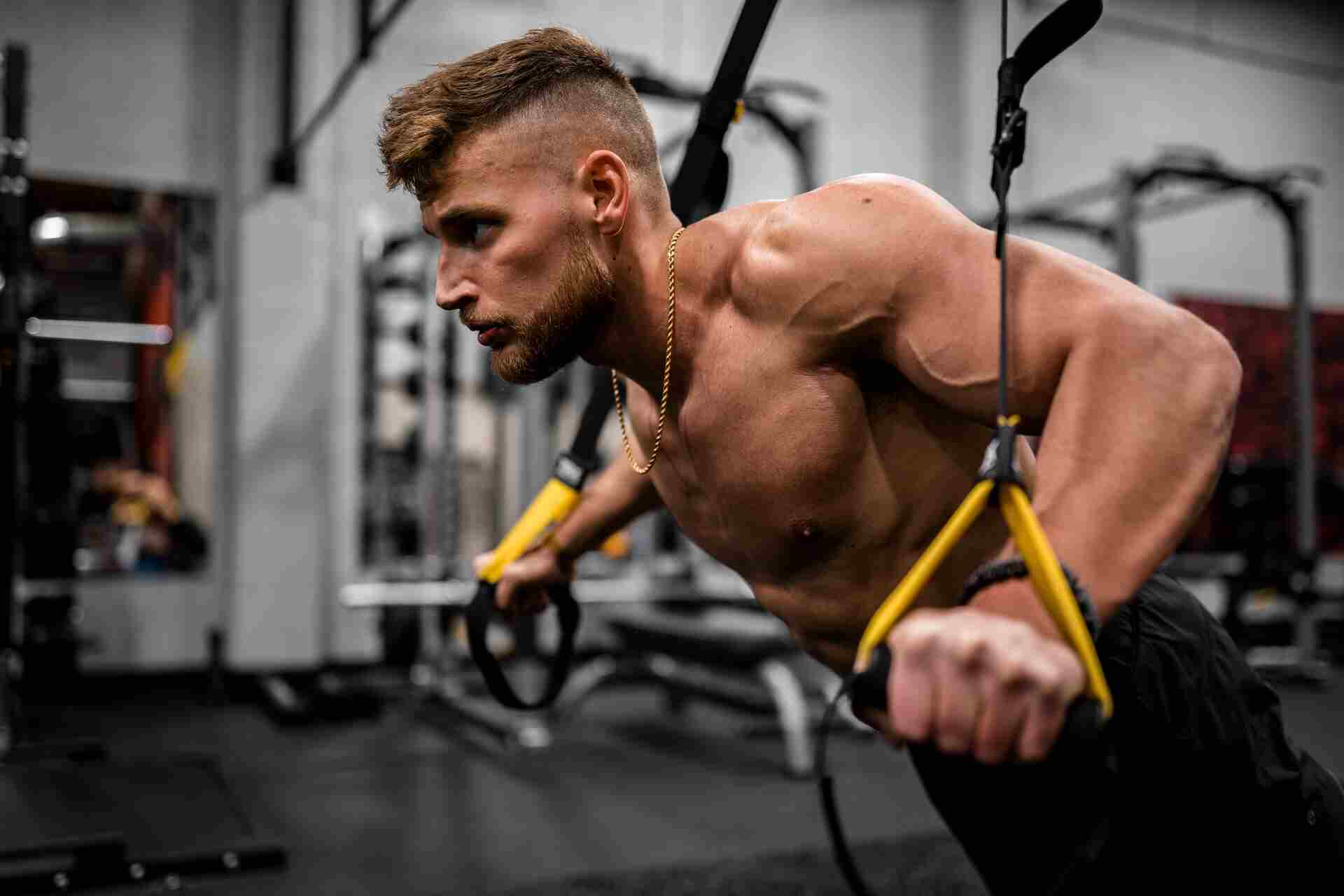
So now you’ve learn what calisthenics aesthetics are, some of the top key elements to see the best results, and different exercises that you can use to help you build a solid, aesthetic physique.
So how do you implement?
Choose 1-2 exercises in each of the six muscle groups, and create a workout split and routine in which you will do about 3 sets, aiming for 6-12 reps, and resting about 2-3 minutes in between. You can view our 9 steps to build muscle with calisthenics article as well to go into more detail.
And if you found this guide on calisthenics aesthetics helpful, feel free to join our 5-Day Replace The Gym Challenge to help you replicate bodybuilding exercises and principles with just bodyweight training. We hope to see you on the next one!
